Bringing a new cat into your home is an exciting experience, but it comes with its challenges—especially if you already have other pets. Introducing a new feline friend to your existing pet family requires patience, careful planning, and understanding of animal behavior to ensure a harmonious household. This guide offers practical steps to help you navigate this transition smoothly.
Understanding Your Existing Pet Family
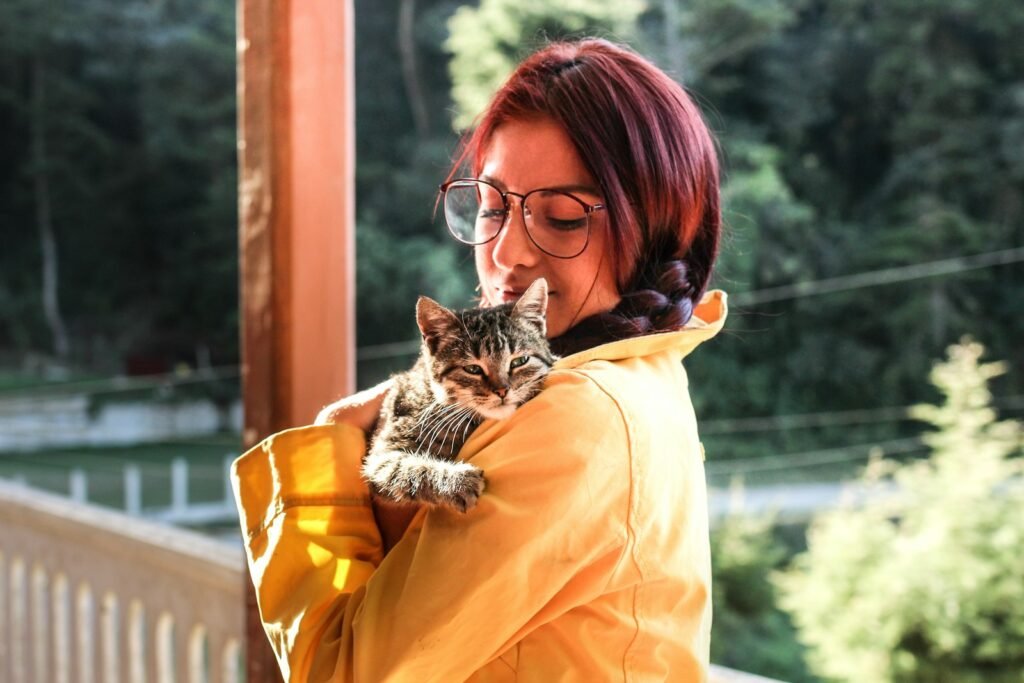
Before introducing a new cat, assess the dynamics of your current pets. Are they predominantly territorial? How do they react to other animals or strangers? Understanding these traits will help you anticipate possible reactions and plan appropriately. Additionally, consider the size and species of your existing pets. Cats, for example, may react differently to another cat versus a dog.
Choosing the Right Time
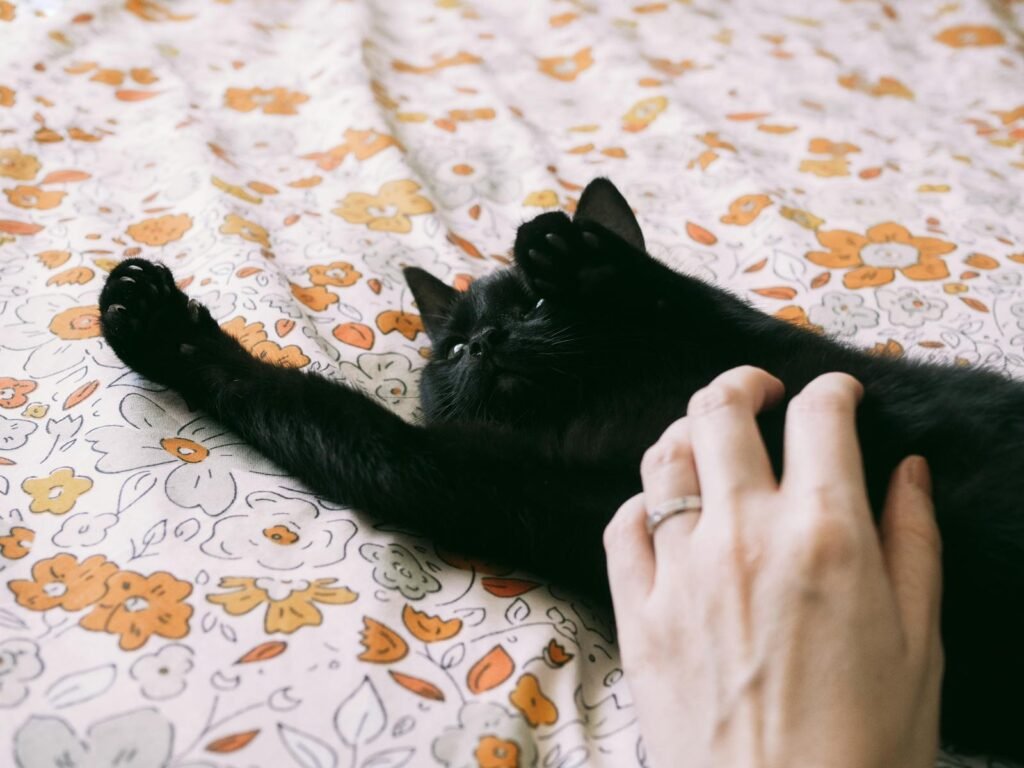
Select a period when your household is calm, without any major changes or stressors such as travel or renovations. A stable environment helps alleviate anxiety for all pets involved. Introducing a new cat during a less hectic period makes the process easier and less stressful.
Preparing a Safe Space
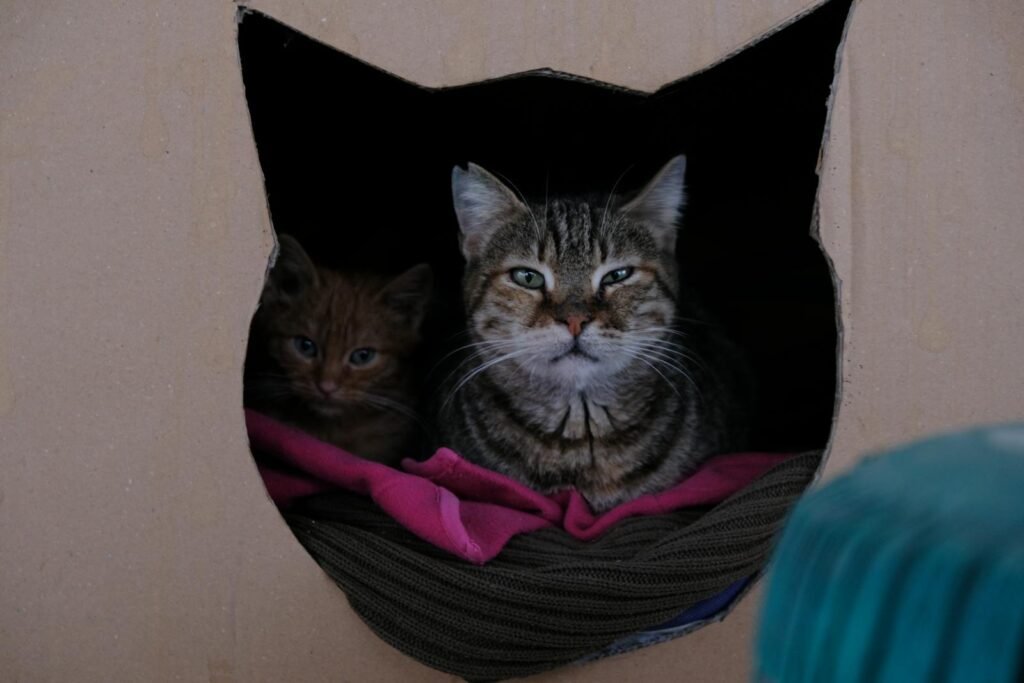
Before bringing the new cat home, prepare a dedicated space where they can feel secure. This area should include essentials such as food, water, a litter box, and a comfortable place to sleep. This controlled environment allows your new cat to safely explore their surroundings and adjust before meeting other pets.
Gradual Introduction
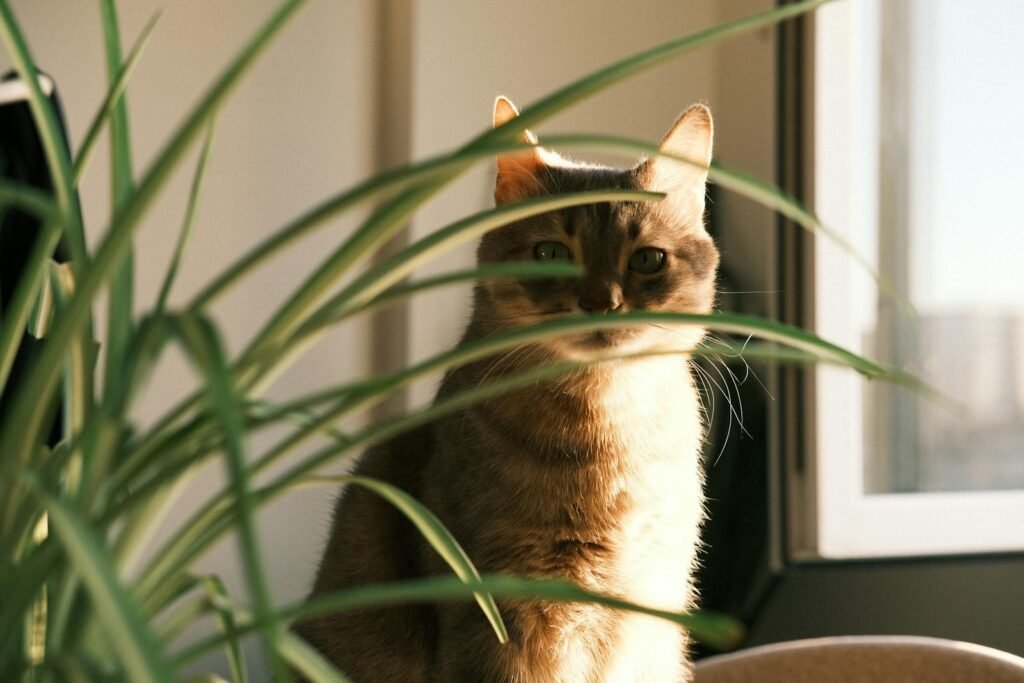
Start with scent swapping by exchanging bedding or blankets between the new cat and existing pets. This step helps them become accustomed to each other’s scent, reducing anxiety. Following this, allow brief visual introductions from a distance, ideally with a barrier, so they can observe each other without direct contact.
Controlled Face-to-Face Meetings
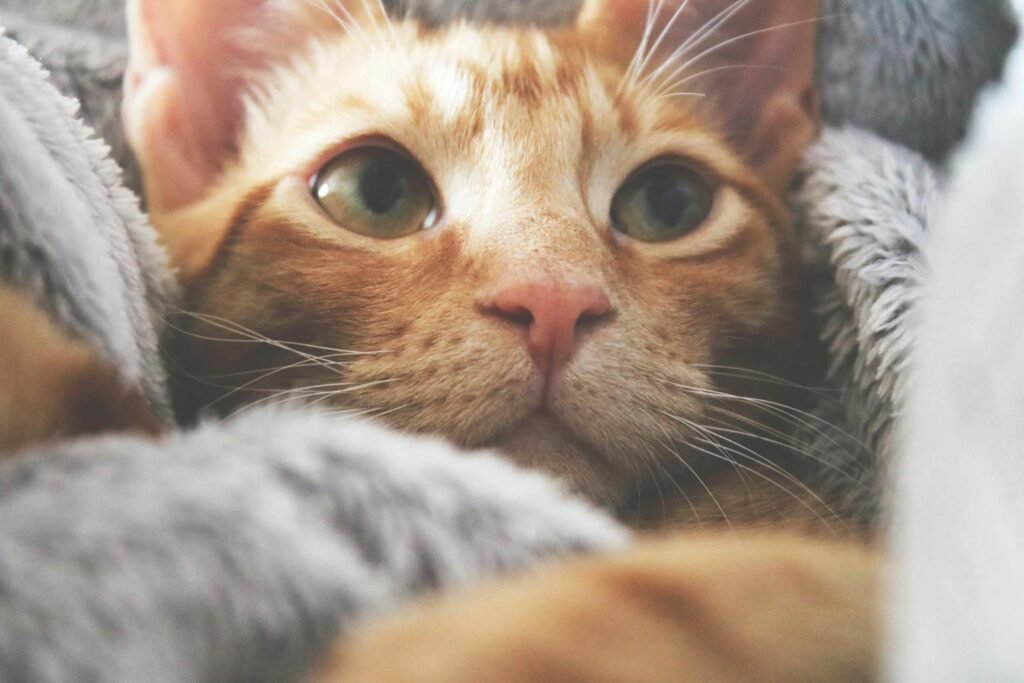
Once your pets appear comfortable with scent and sight, introduce short, supervised face-to-face meetings. Keep these meetings brief and positive, offering treats and praise to both the new cat and existing pets. Maintain a calm demeanor to reassure all animals involved.
Monitoring Behavior

Observe interactions closely during and after introductions. Look for signs of stress or aggression, such as hissing, growling, or visible discomfort. These indicators are natural but require careful monitoring to ensure they don’t escalate. Positive interactions, like gentle sniffing or playing, are great signs of a potential bond.
Adjusting Routines as Necessary

Once your pets start cohabiting, you may need to adjust routines. Maintain stability by feeding them separately at first to prevent food guarding or jealousy, then gradually move them closer as they acclimate. Incorporate shared playtime to foster positive associations among the pets.
Providing Individual Attention
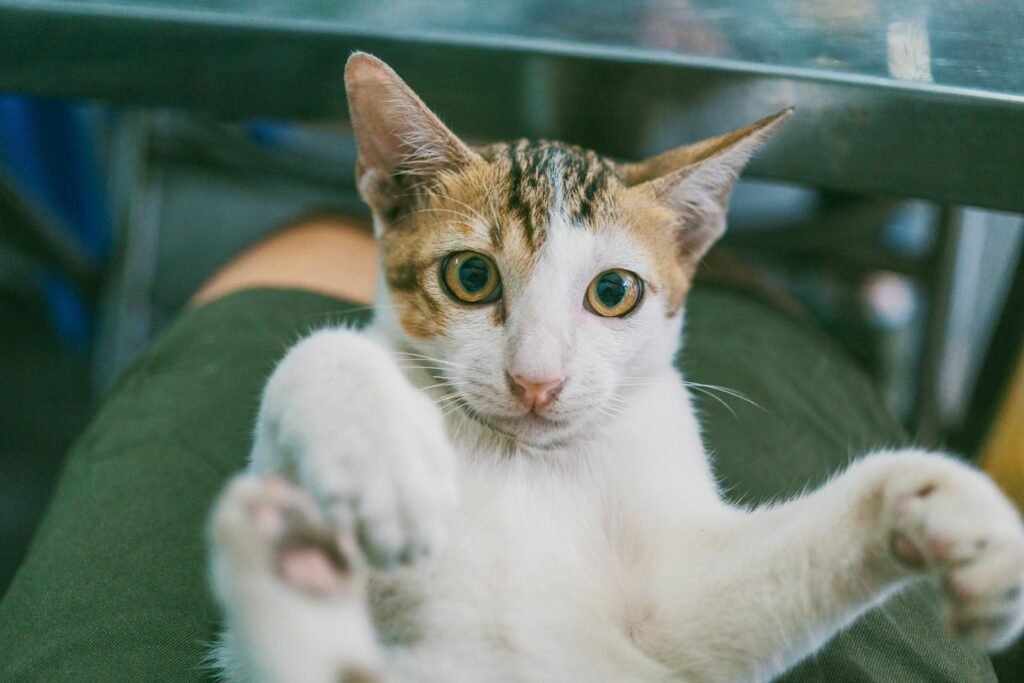
Ensure every pet receives individual attention to prevent feelings of neglect or jealousy. Special bonding time reinforces their security and helps them adjust to the presence of a new family member. Tailor activities to each pet’s preference to strengthen your relationship with them.
Seek Professional Help If Needed
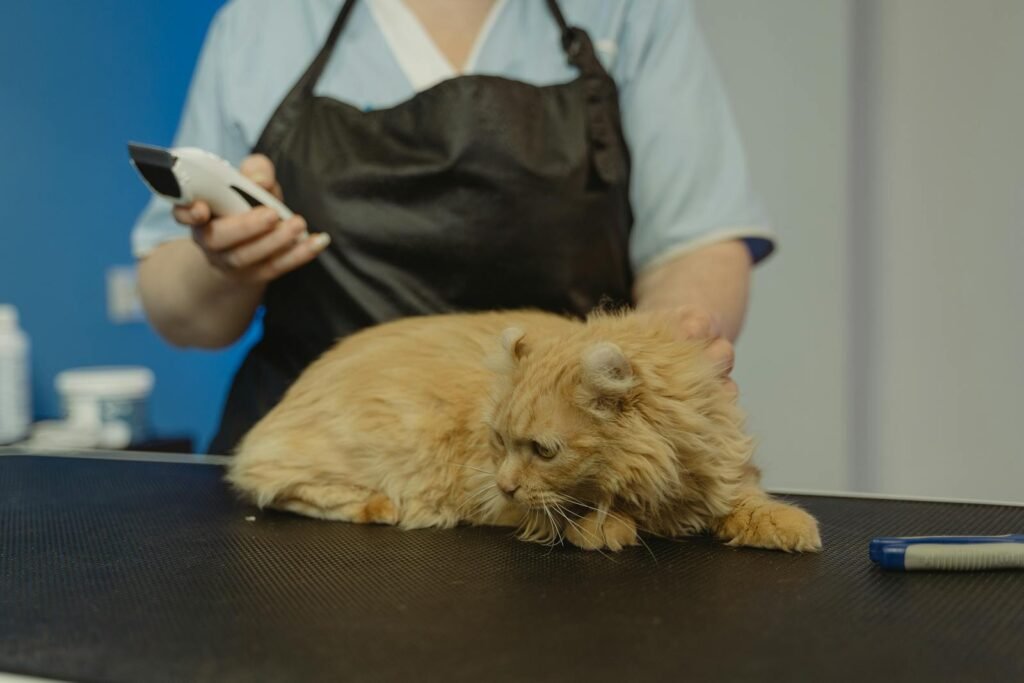
If challenges persist or if aggression escalates, consider consulting a professional, such as a veterinarian or animal behaviorist. They can offer tailored advice or interventions to facilitate a smoother integration process.
Patience and Understanding
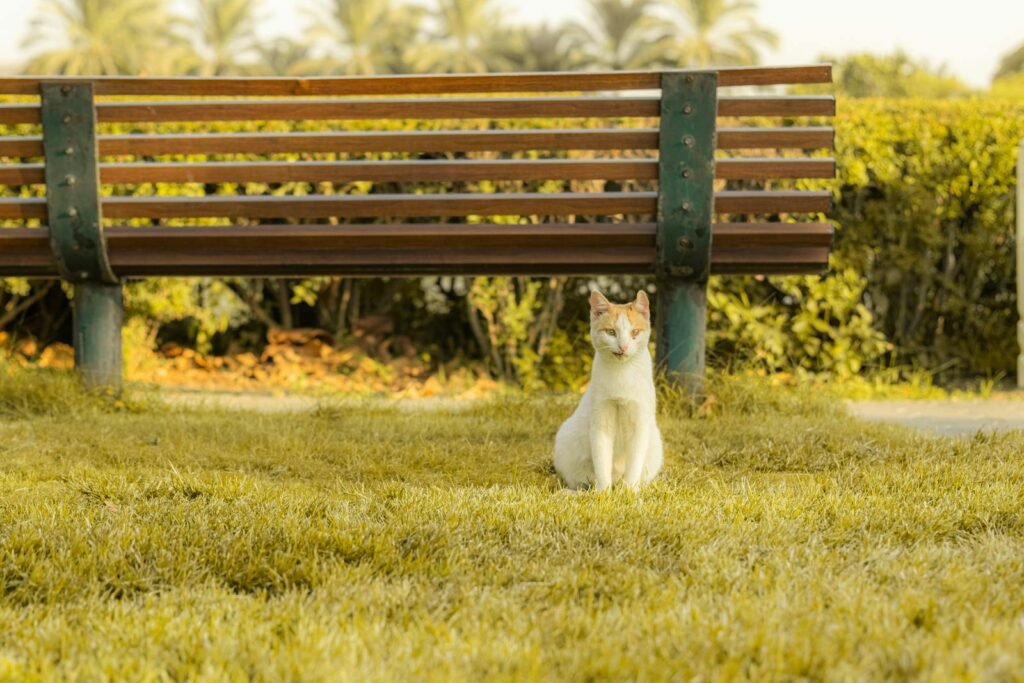
The introduction process requires patience and understanding. Every pet’s adjustment period will vary, based on their individual temperament and experiences. Celebrate small victories and remain patient through setbacks, fostering a peaceful and loving inter-pet relationship.
Conclusion
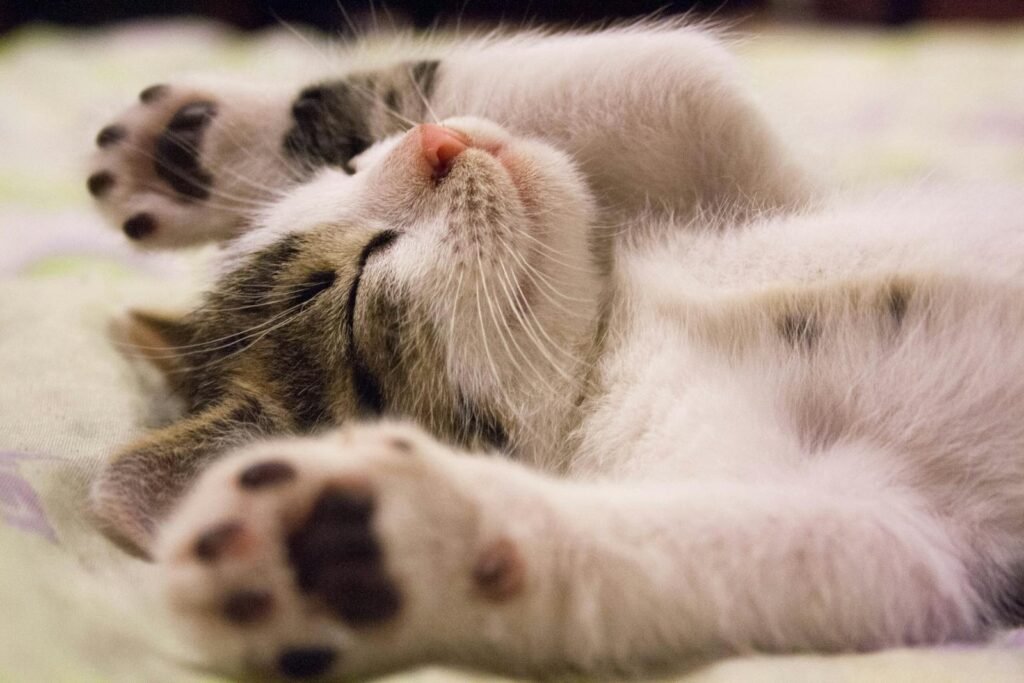
Introducing a new cat into your home can be a rewarding experience when handled with care, patience, and consideration. Each step—from preparing a safe space to managing pet interactions—plays a critical role in developing a harmonious household. By following these guidelines, you’ll create an environment where your new cat and existing pets can thrive together, forming bonds that enrich everyone’s lives.

Growing up traveling and experiencing new cultures and wonders, I have had a passion for nature, adventuring, photography, and videography. I am currently working towards a BSc in Biodiversity and Ecology at Stellenbosch University, and I hope to specialise in Marine Sciences one day.
Please send any feedback to Feedback@animalsaroundtheglobe.com






